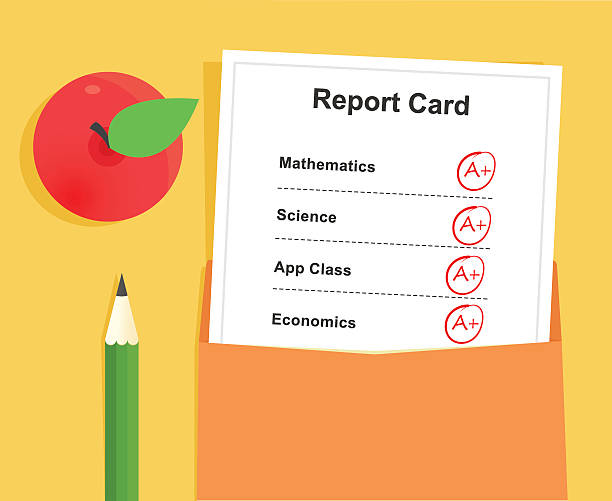School grades came out unofficially yesterday, and we’re already seeing (sometimes uninformed) chatter about what they mean. Here are a few pointers:
Our state accountability system is based mostly on how well kids do on their end-of-year tests. The end-of-year tests are given in reading and math to all kids in grades 3-8, in science in grades 5 & 8, and in Algebra I, Biology I, English II, and American History to any kid who takes the course. [SIDE NOTE: For kids in high school, there are additional categories like graduation rates, college and career readiness, and “acceleration” (advanced coursework). Schools that have a sizable portion of English learners get an additional score on whether those kids are learning English.]
Since most of the system is based on the end-of-year tests, we want to explain what students need to score for schools to earn points. Mississippi uses the end-of-year tests in two ways: to assess proficiency and to assess growth. For non-high schools WITHOUT a large English learner population, proficiency is about 43% of the score and growth is about 57% of the score. The reason for this is to make the system fair since schools teach whomever shows up, wherever their starting point. (Some kids are closer than others starting out.)
Proficiency is a measure of whether kids know and can do what is expected at their grade level. Mississippi defines growth in two ways: whether kids maintained their score of “proficient” or “advanced” or 2) moved closer to proficiency since the previous year if they were not there yet. Because the system tracks the lowest-performing 25% of kids (lowest 25%), schools get double credit for their growth. If a child MOVES BACKWARD from previous year—advanced down to proficient, proficient down to pass—OR maintains the same lower-than-proficient level of pass, basic, or minimal—the school does not get credit for growth for that child. This makes going backwards a double-whammy: less credit for proficiency AND less credit for growth. If it’s the lowest 25% going backwards, it’s a triple-whammy.
For schools to consistently (each year) earn an A or B grade, they mostly need to do one of two things:
- have high proficiency rates and have kids maintain their proficiency each year OR
- improve their proficiency rates and have ALL kids improve their scores to earn growth credit.
This means that for schools with lots of kids from advantaged backgrounds (most likely to already be proficient) their strategy is to MAINTAIN those kids’ advantages—kids have to just keep doing well to get points on both proficiency and growth. The pitfall for these schools is when kids start to do less well over time—move from advanced to proficient, for example, or drop to pass, even when overall proficiency is higher than most.
For schools with lots of kids from disadvantaged backgrounds (less likely to already be proficient), they have to MOVE TOWARDS PROFICIENCY with every child, which means helping kids learn MORE than one years’ worth of material in one year’s time. They make up in growth points what they don’t have in proficiency points. Once kids get proficient, they have to also help them stay there. This is why you will see “A” schools with very low proficiency ratings relative to others. Their pitfall is that they have to be consistent in moving kids and then keeping them high.
Over the last few years, we’ve noticed that the growth metric is “noisy,” meaning that schools can fluctuate wildly between a B and a D with what can seem like small changes in proficiency. This is because those changes are a double- or triple-whammy, as we said above. For parents wondering what it all means, here is our advice: look at how grades and proficiency rates change over time. If a school’s proficiency and grade is steadily climbing, that school is different than a school that goes up and down (D-to-B-to-D) but mostly hovers in the same place. Questions welcome.


[…] we did a thread to explain school grades. Here’s some additional information about growth because it is the hardest part to […]